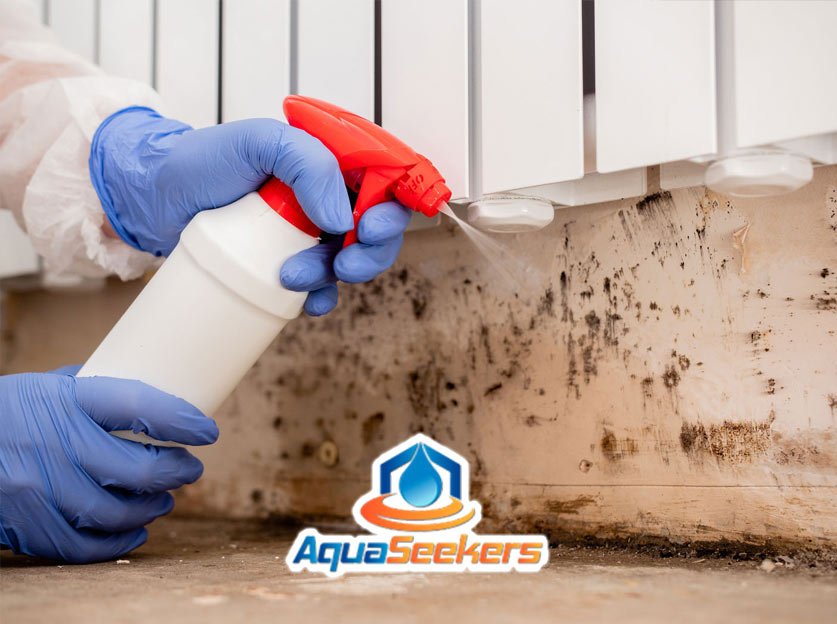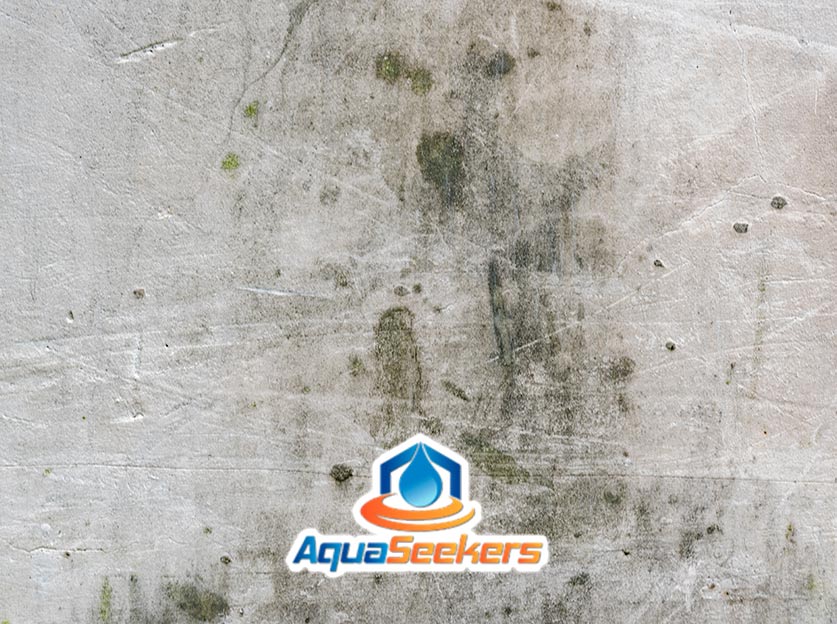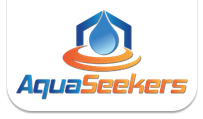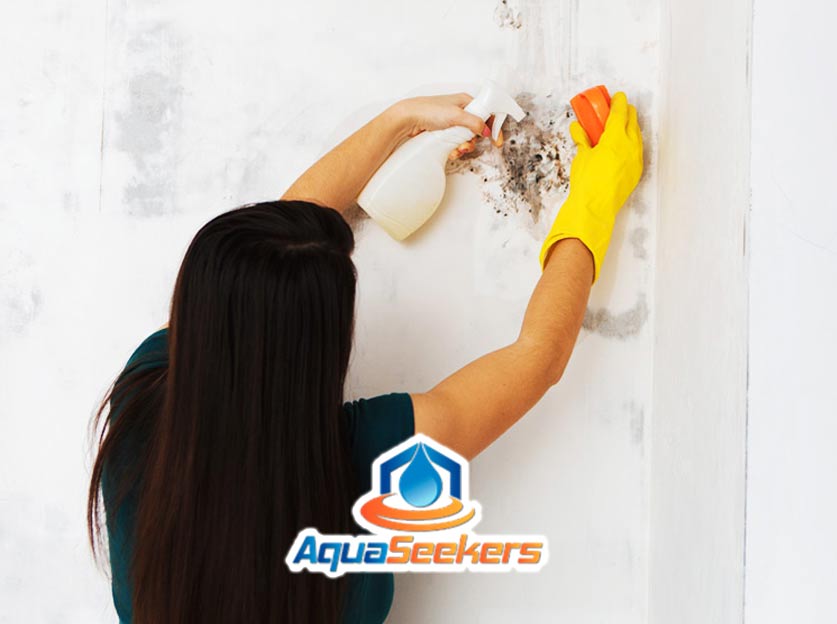
Mold Facts and its Remediation process
September 26, 2022
Tips to Prevent Mold in Your House
March 22, 2023From Detection to Elimination: The Step-by-Step Process of Mold Remediation
Mold remediation is a crucial step in ensuring a safe and healthy environment, especially in homes that have been affected by excessive moisture or water damage. The process of mold remediation involves several steps that need to be followed meticulously to effectively remove mold and prevent its recurrence.
The first step in mold remediation is the assessment of the affected area. This involves a thorough inspection by a qualified professional to identify the source of the mold and determine the extent of the damage. The assessment also helps in identifying any potential health risks associated with the mold growth.
Once the assessment is complete, the next step is containment. Containment involves isolating the affected area to prevent the spread of mold spores to other parts of the property. This is usually done by sealing off the area with plastic sheets and creating negative air pressure using specialized equipment. The aim is to ensure that the mold spores are not released into the air during the remediation process.
The first step in mold remediation is the assessment of the affected area. This involves a thorough inspection by a qualified professional to identify the source of the mold and determine the extent of the damage. The assessment also helps in identifying any potential health risks associated with the mold growth.
Once the assessment is complete, the next step is containment. Containment involves isolating the affected area to prevent the spread of mold spores to other parts of the property. This is usually done by sealing off the area with plastic sheets and creating negative air pressure using specialized equipment. The aim is to ensure that the mold spores are not released into the air during the remediation process.
After containment, the actual remediation process begins. This involves removing the mold-infested materials and cleaning the area. The method of removal depends on the type of materials affected. Porous materials like drywall or carpet may need to be discarded, while non-porous surfaces can be cleaned and treated with antimicrobial solutions to kill any remaining mold spores. Specialized tools and equipment are used to ensure thorough cleaning and prevent re-contamination.
The final step in mold remediation is prevention. It is important to identify and fix the source of moisture or water damage that led to the mold growth initially. This may involve repairing leaks, improving ventilation, or installing dehumidifiers. To ensure long-term prevention, it is also essential to maintain regular inspections and proper maintenance to detect and address any potential issues before they escalate.
Mold remediation is a multi-step process that requires professional expertise and equipment. The assessment, containment, removal, and prevention steps are all crucial in ensuring that the mold is effectively and permanently removed. It is important to address mold growth promptly to prevent health risks and further damage to the property.
The final step in mold remediation is prevention. It is important to identify and fix the source of moisture or water damage that led to the mold growth initially. This may involve repairing leaks, improving ventilation, or installing dehumidifiers. To ensure long-term prevention, it is also essential to maintain regular inspections and proper maintenance to detect and address any potential issues before they escalate.
Mold remediation is a multi-step process that requires professional expertise and equipment. The assessment, containment, removal, and prevention steps are all crucial in ensuring that the mold is effectively and permanently removed. It is important to address mold growth promptly to prevent health risks and further damage to the property.



